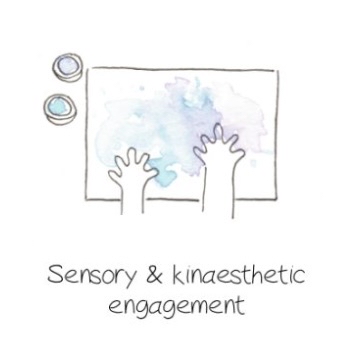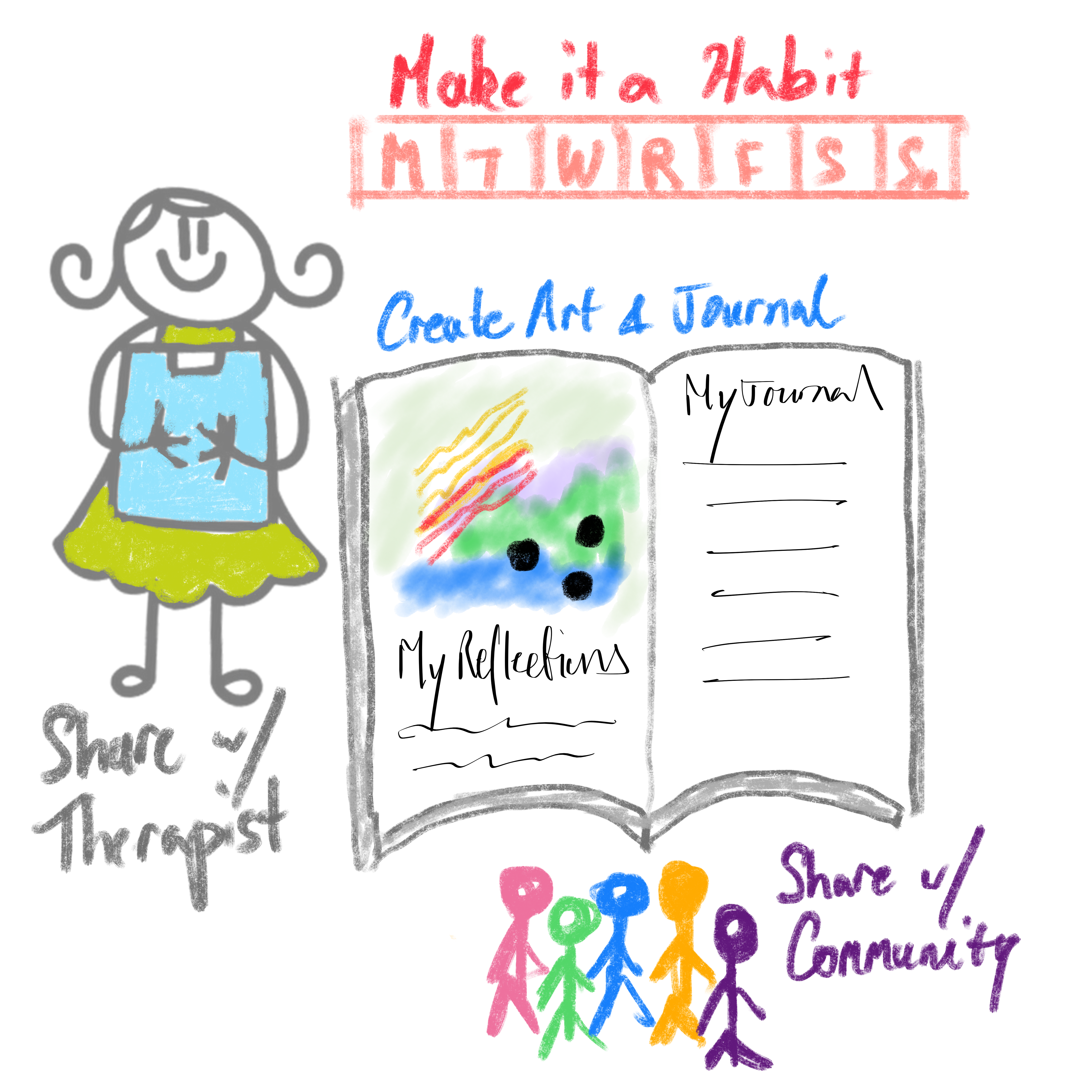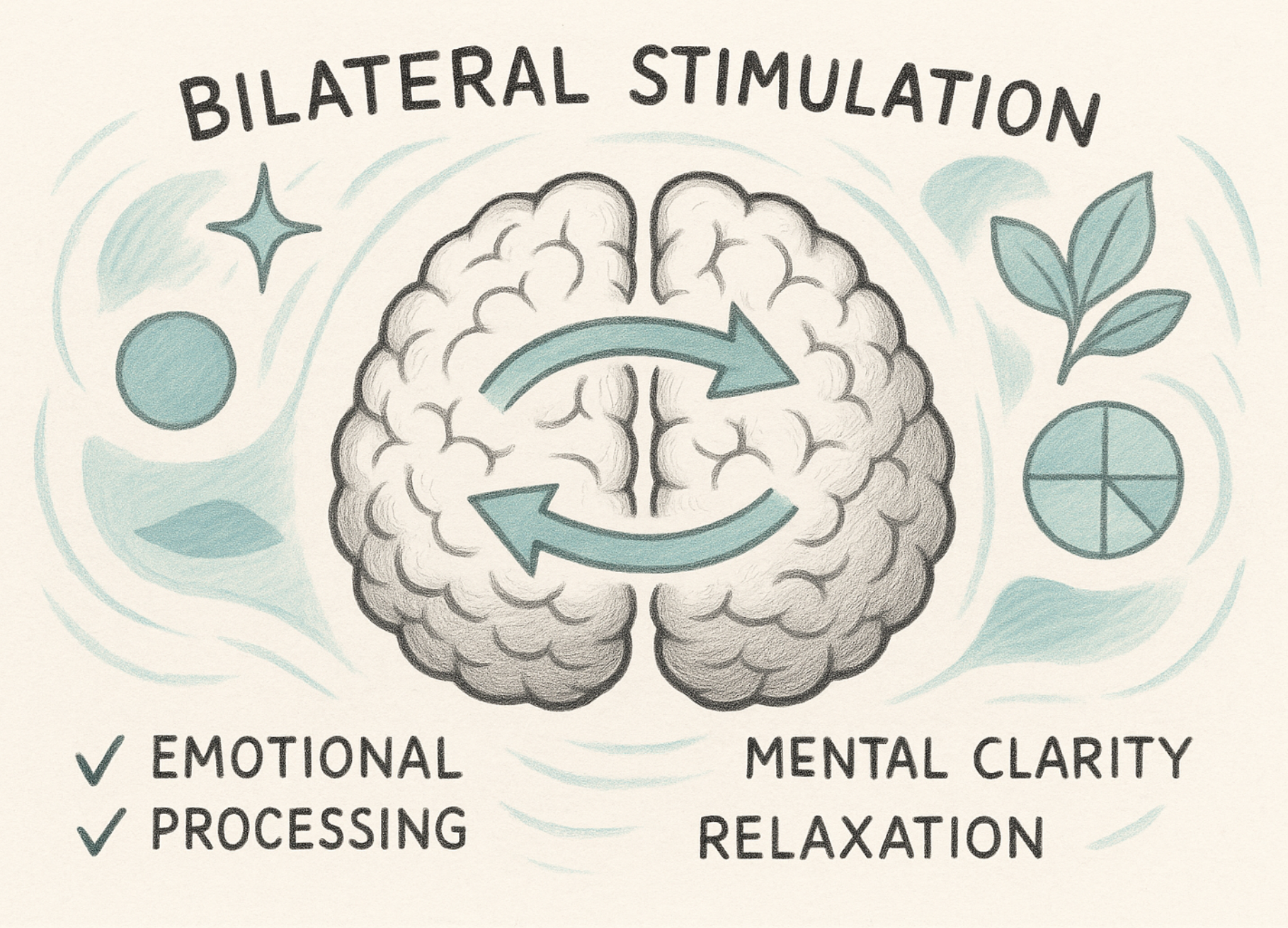
The intersection of art and therapy has long been a fertile ground for understanding the healing potential of creative expression. With the rise of digital technology, particularly in the realm of drawing, questions arise about how these new mediums can contribute to therapeutic practices. This article explores whether drawing on digital surfaces can indeed provide sensory engagement that leads to therapeutic benefits, drawing on established research within the field of art therapy.
The Role of Sensory Engagement in Art Therapy
Art therapy is rooted in using visual art as a means of expression and communication, often facilitating emotional release and personal insight. Sensory engagement—how individuals interact with their environment through sight, sound, touch, and other senses—is a critical component of this process. According to Malchiodi (2013), engaging multiple senses can enhance the therapeutic experience by allowing individuals to access emotions and memories that might be otherwise difficult to articulate.
In traditional art therapy, tactile interactions with materials such as paint, clay, or charcoal can lead to profound psychological impacts. However, as we transition into digital realms, we must consider whether similar benefits can be derived from digital drawing.
Digital Drawing: A New Frontier
Digital drawing platforms offer unique features that can enhance sensory engagement. The tactile feedback of a stylus on a tablet may mimic real-world drawing experiences, while the versatility of digital tools allows for exploration without the limitations of physical media. Research by Weller et al. (2020) indicates that digital art creation can evoke emotional responses comparable to traditional methods, suggesting that the medium itself does not diminish the depth of experience.
Moreover, studies have shown that the use of digital devices in therapeutic contexts can foster a sense of control and agency among users. For instance, a study by Decker & Schmidt (2021) found that participants using digital drawing applications reported increased feelings of self-efficacy, which is crucial in therapeutic settings. The ability to undo mistakes and experiment freely without the fear of wasting materials encourages exploration and can alleviate anxiety.
Therapeutic Outcomes and Emotional Expression
The act of drawing digitally also allows for immediate sharing and feedback, further enriching the therapeutic dialogue. A study conducted by Park et al. (2018) highlights how the incorporation of digital art in therapy sessions promotes social connections, especially among younger populations who are more adept with technology. This aspect can enhance the therapeutic alliance, which is key to effective therapy outcomes.
From a psychological perspective, the ability to create and manipulate images digitally can serve as a potent metaphor for personal transformation. The fluidity of digital media allows individuals to visualize change, process trauma, or explore identities in ways that may not be feasible in traditional formats (Kirkland, 2022).
Conclusion
While drawing on digital surfaces introduces new dynamics to the practice of art therapy, it holds promise for providing therapeutic benefits through sensory engagement. The adaptability of digital tools can empower individuals, enhance emotional expression, and foster social connections, aligning closely with the core objectives of art therapy. As we continue to explore and validate these modalities, it becomes increasingly clear that the medium of expression—be it digital or traditional—can play a vital role in promoting mental health and well-being.
References
1. Decker, M., & Schmidt, K. (2021). *Exploring the impact of digital art in therapeutic settings*. Journal of Digital Art Therapy, 2(1), 17-29.
2. Kirkland, R. (2022). *Visualizing change: The transformative power of digital media in art therapy*. Arts in Psychotherapy, 39(4), 123-135.
3. Malchiodi, C. (2013). *Art therapy: Understanding and applying the healing art of drawing*. Routledge.
4. Park, J., Lee, H., & Kim, S. (2018). *Digital art therapy and its implications for youth mental health*. International Journal of Art Therapy, 23(2), 56-65.
5. Weller, C., Garcia, M., & Rodriguez, L. (2020). *Emotional responses in digital versus traditional art creation: A comparative study*. The Arts in Health, 12(3), 210-220.




Leave a Reply